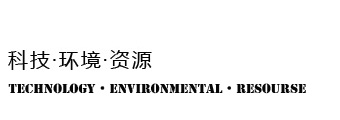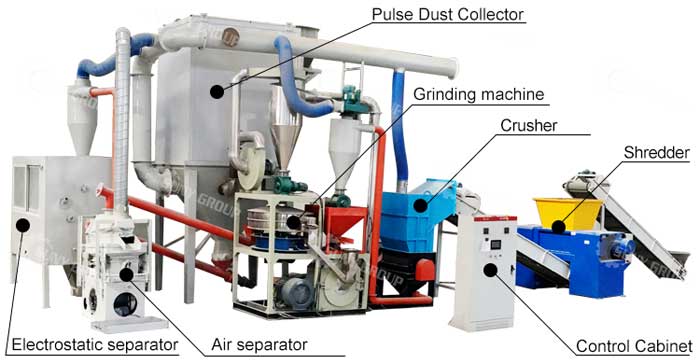E-waste dismantling and recycling line
The materials of electronic products are relatively complex. If discarded at will, it will not only harm the natural environment, but also waste the potential resource value of electronic waste. Therefore, improving the resource utilization rate of e-waste and strengthening the recycling system of e-waste are issues that we urgently need to pay attention to.
At present, there are already a number of large-scale and standardized recycling companies in the market. Due to the rapid development of the electronics industry, consumers are replacing electronic products faster and faster, and many large recycling companies have to deal with a large amount of electronic waste every day. At the same time, with the growth of the electronic recycling industry, choosing a set of high-efficiency and high-quality electronic waste recycling line equipment has become the first issue for many large electronic recycling companies to consider.
The emergence of automatic e-waste dismantling and recycling lines can solve the equipment problems of many emerging recycling enterprises. The e-waste dismantling and recycling line has been upgraded according to the current market situation, and a series of equipment has been customized and combined. The modular design is adopted, and the equipment model can be customized and adjusted according to customer needs. The recycling line covers five major systems, including feeding system, crushing system, and magnetic separation system, to ensure a full set of process automation.
The working process of the e-waste dismantling and recycling line is to first transport the waste small household appliances to the crusher, crush them into smaller-sized materials, shake the materials through the vibrating feeder, and evenly transport them to the magnetic separator for magnetic separation to separate the iron. Metal and the rest of the materials enter the eddy current separator to separate non-ferrous metals and plastics, and the non-ferrous metals go through the air separator to separate copper and aluminum.
Disposing of electronic waste in a large-scale and rational manner to ensure the healthy development of the electronic recycling industry will not only bring considerable profits to electronic recycling enterprises, but also ensure the sustainable development of the ecological environment.








Leave a Comment